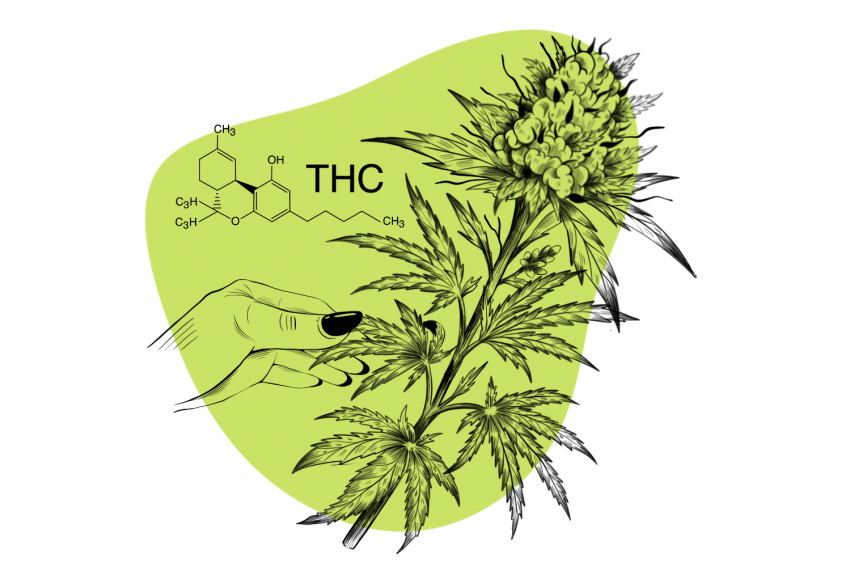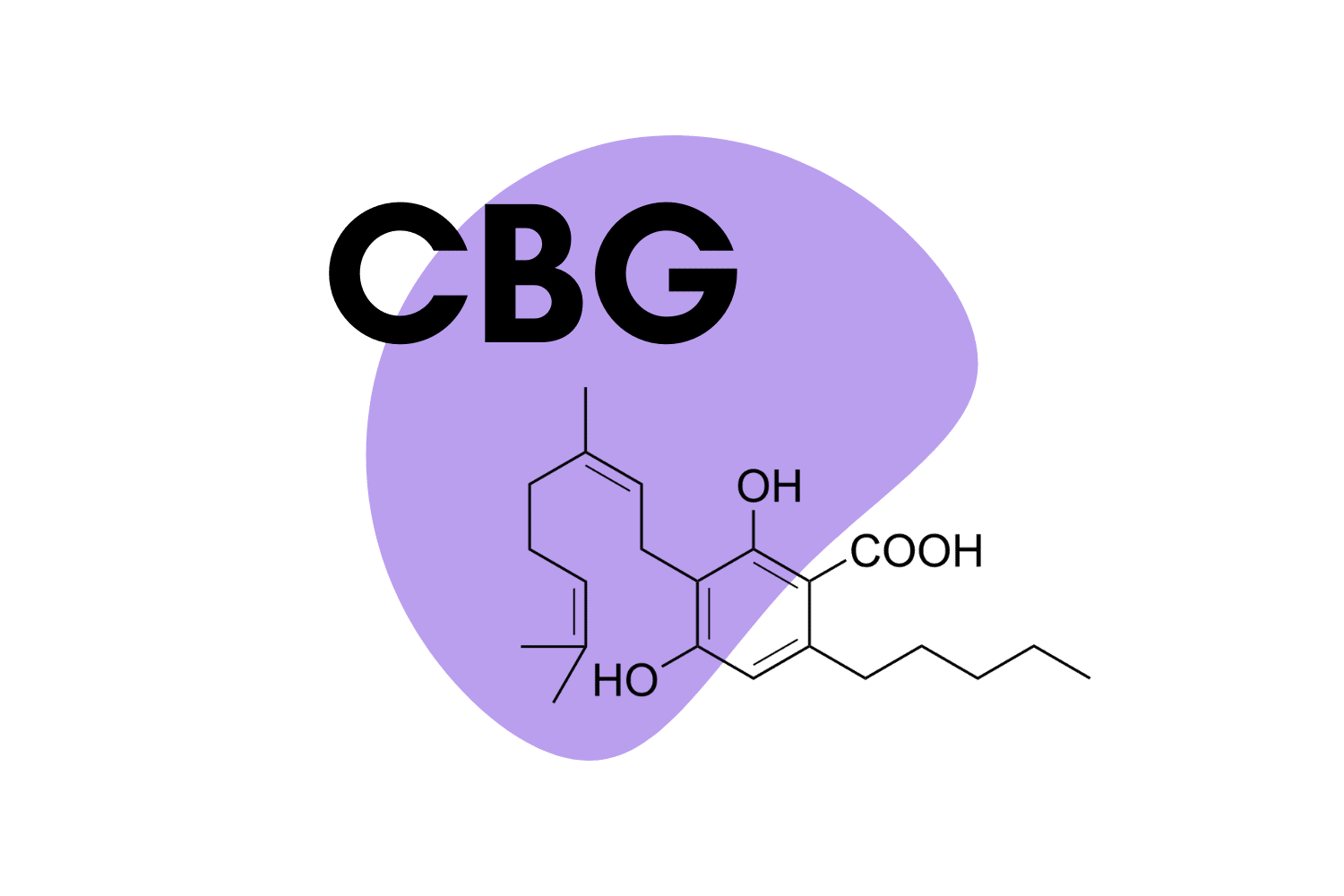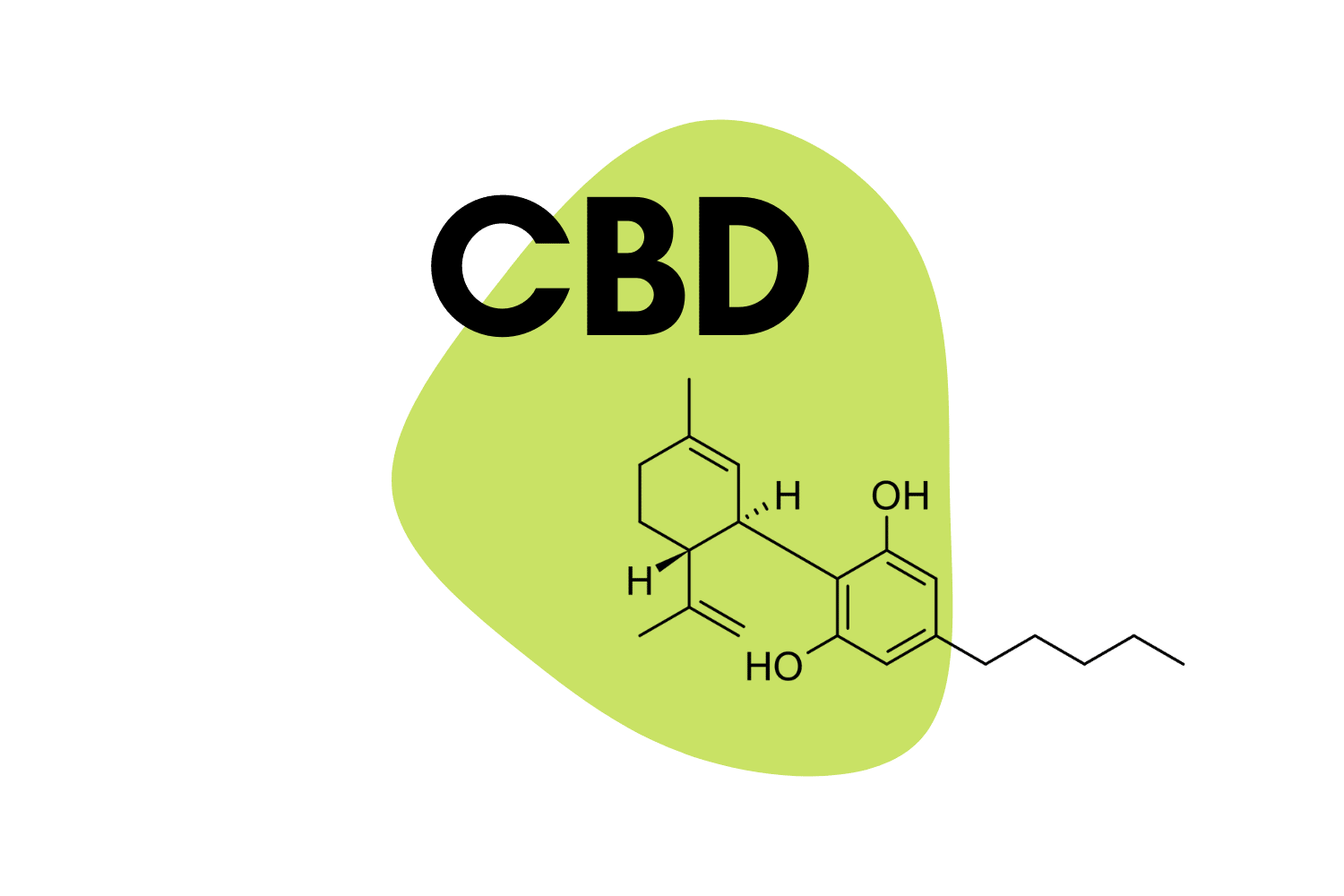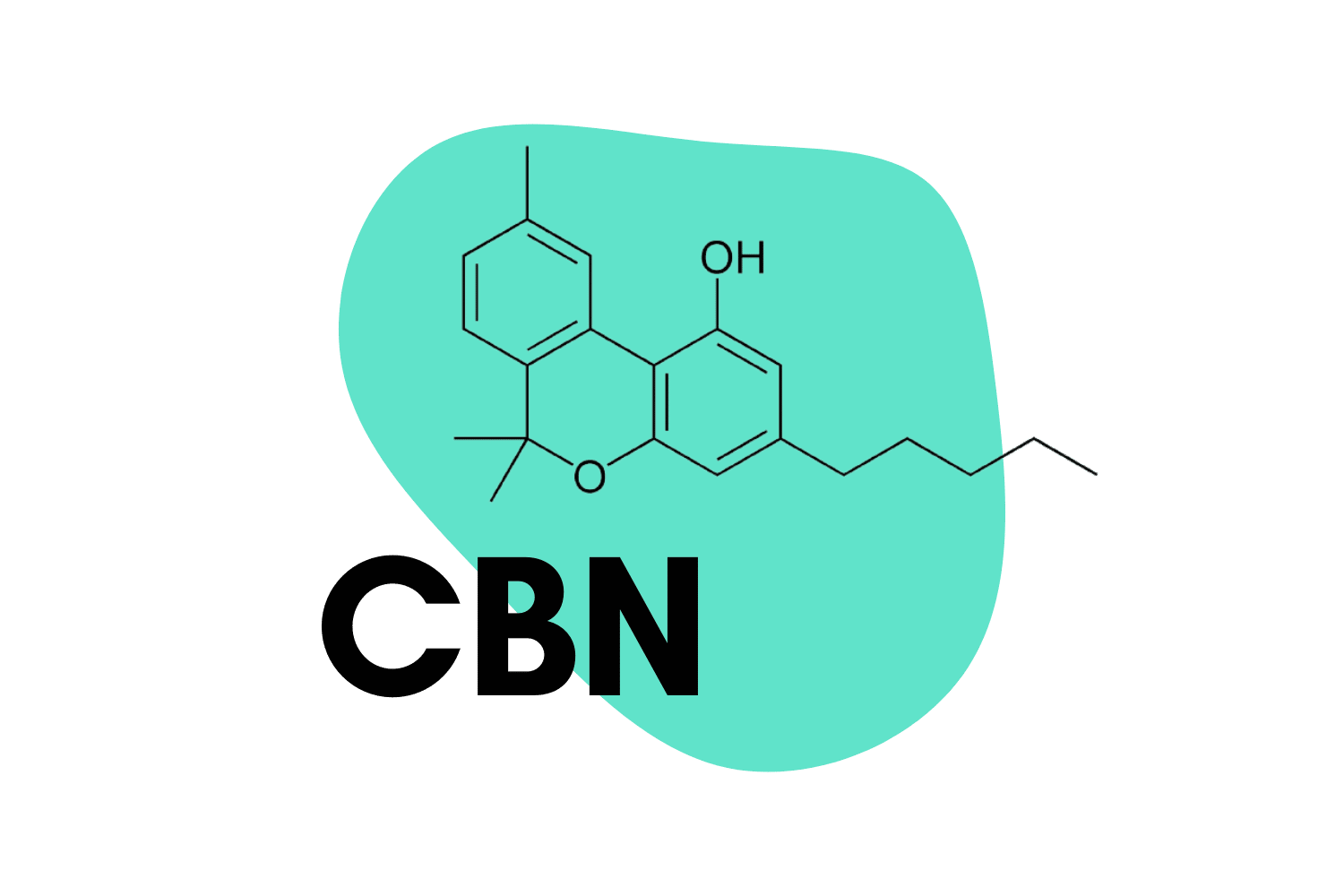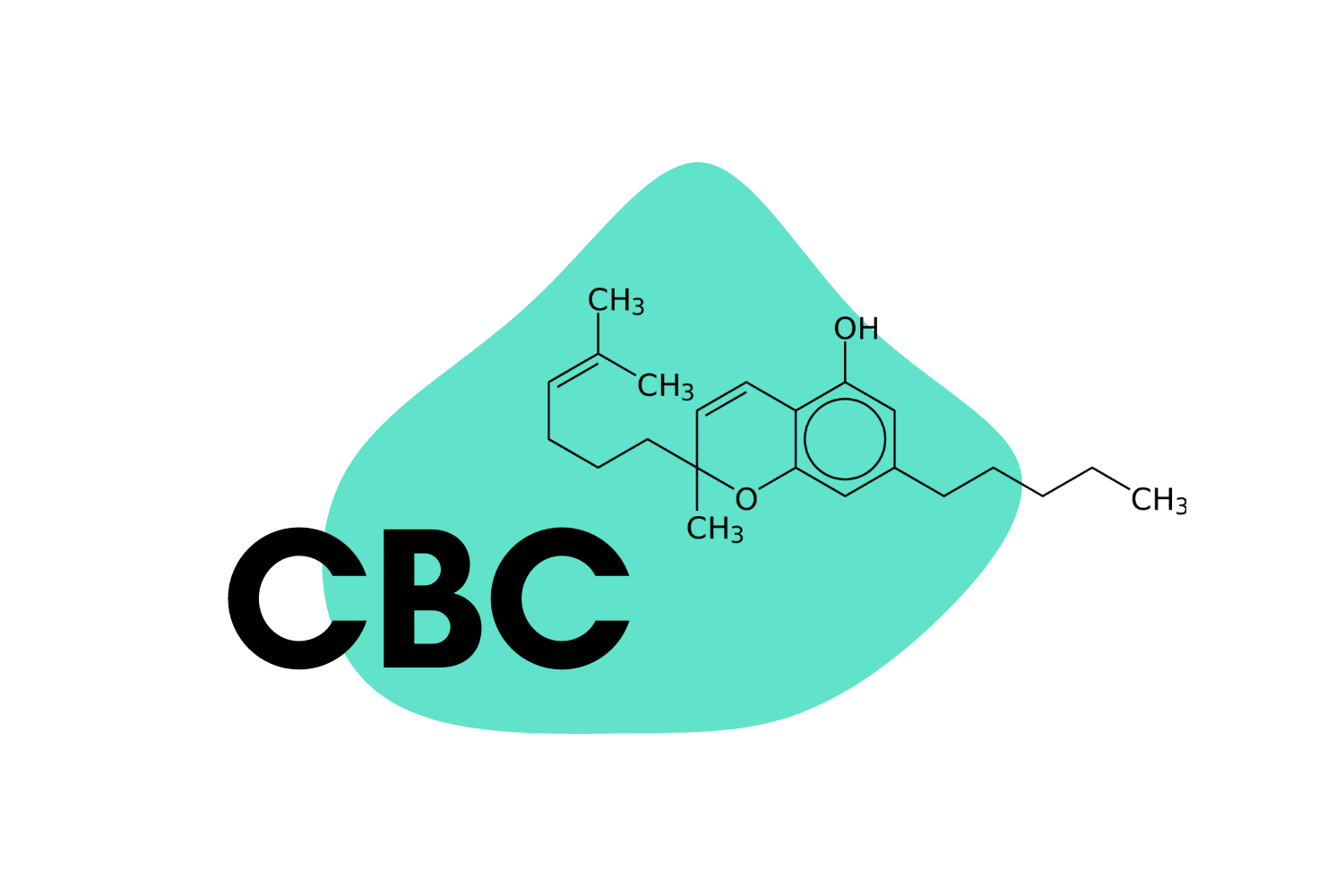What Is THCV? Uses, Benefits & Risks
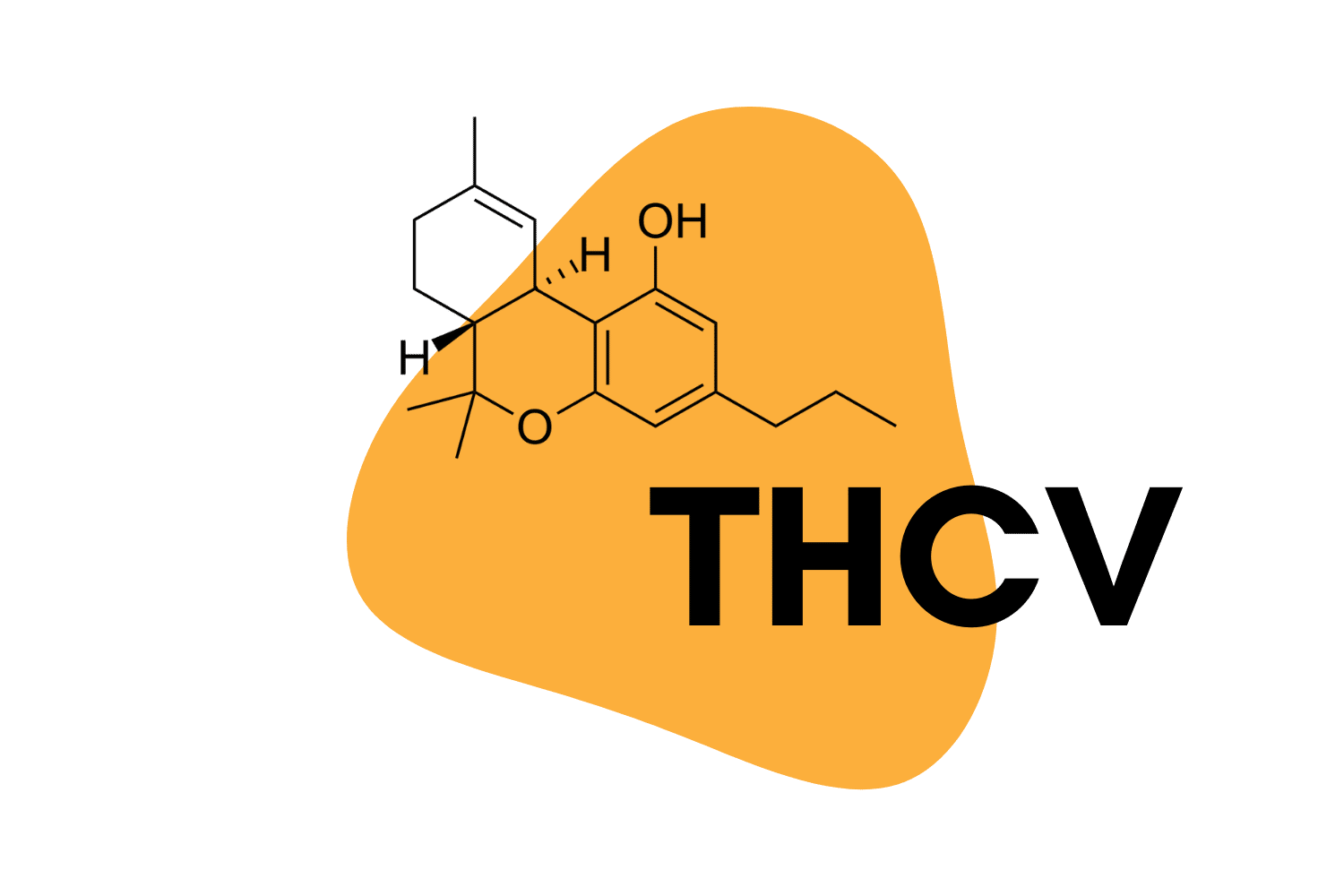
Most people who are at least somewhat familiar with cannabis have heard of tetrahydrocannabinol (THC) and cannabidiol (CBD), two of the most popular cannabinoids found in marijuana and hemp.
Far fewer know about tetrahydrocannabivarin (THCV), a minor phytocannabinoid with unique psychoactive effects. This cannabinoid is heralded as the best option for enhancing focus and concentration, facilitating out-of-the-box thinking, and even curbing appetite to support a holistic weight loss regimen.
In this article, you’ll learn everything you need to know about THCV, including what it is, where it comes from, how it works, and how to consume it safely.
What Is THCV?
Tetrahydrocannabivarin (THCV) is a phytocannabinoid, meaning it is naturally produced by cannabis plants.
THCV is considered a THC homolog, meaning it has a similar chemical structure but differs in its alkyl side chain. The similarity in chemical makeup means THCV can bind to endocannabinoid receptors like THC to produce a psychoactive effect.
However, the shorter alkyl side chain causes a less snug fit in CB1 and CB2 receptors, meaning THCV is less psychoactive than THC — it’s about 25% as strong.
Where Does THCV Come From?
THCV is found naturally in cannabis plants, primarily in marijuana plants, and in far less concentration in hemp plants.
There seems to be a higher concentration of THCV in African landrace marijuana strains (roughly 5%), most of which are subspecies of Cannabis sativa. Most marijuana plants produce THCV in concentrations under 1%.
As THCV becomes more popular, breeders are developing new strains from African landrace genetics that produce more THCV than ever.
Is THCV Natural?
Yes, THCV is a naturally-produced cannabinoid. It appears in cannabis plants without any human interaction. However, it’s considered a minor cannabinoid, meaning it’s found in far smaller quantities than major cannabinoids like THC and CBD.
It’s estimated that cannabis plants contain an average of less than 1%, whereas THC and CBD concentrations can top 20% or even 30% in certain strains.

Is THCV Psychoactive?
Yes, THCV is psychoactive and will produce a high when consumed.
It’s very similar to THC in structure, so it creates a similar effect. Most users will feel giddiness, euphoria, a shift in the perception of time, and heightened senses.
THCV has two characteristic effects that differentiate it from other psychoactive cannabinoids. It’s a potent appetite suppressant and energy booster. These attributes, combined with the lower psychoactivity, make it a popular choice among business people, students, and athletes.
Is THCV Legal?
The legality of THCV varies depending on where you live. It isn’t a Scheduled drug, so it’s not regulated internationally like THC. Instead, individual countries have their own laws. Some areas around the world have banned THCV, but it remains legal in most countries, including the United States.
Marijuana is still considered a Schedule I drug in America, so it’s illegal to cultivate, sell, possess, or use marijuana on a federal level. However, the Farm Bill of 2018 complicated things by legalizing hemp — which is defined as any Cannabis sativa that produces less than 0.3% THC. All derivatives of hemp are considered legal as per the 2018 Farm Bill.
What followed was a significant number of companies producing hemp, extracting CBD or CBDV using chromatography, and then converting them to other cannabinoids, including delta 8 THC and THCV.
Technically, since the cannabinoids were extracted from federally legal hemp, they should be legal, as all hemp-derived constituents are. However, THCV could also be considered illegal under the Federal Analogue Act, which states that all analogs of illegal drugs are also illegal. The DEA has yet to provide any specific stance on the legality of THC analogs like THCV, delta 8, delta 10, HHC, or THCP.
As such, THCV exists in a bit of a legal gray area, but it does remain unregulated and legal throughout the United States.
Related: What’s the Difference Between Legalization vs. Decriminalization?
How Does THCV Work?
Like most other cannabinoids, the effects of THCV are achieved through the compound’s interaction with the body’s natural endocannabinoid system. This system is closely linked to both the central nervous system and the peripheral nervous system, and it serves to regulate everything from pain sensations and mood to memory and stress.

Specifically, THCV fits into endocannabinoid receptors, commonly called CB1 and CB2 receptors. This causes an artificial triggering of the receptors, leading to a number of changes in perception.
These changes produce the characteristic “high” from THC and THCV.
What is THCV Used For? What Are The Potential Benefits?
Far less is known about THCV than THC, but there are still studies that show several benefits associated with this unique cannabinoid.
THCV has been shown to decrease appetite [1], which is the opposite of what many people experience with THC. Some users call THCV “diet weed,” because it is potentially helpful for weight loss. It eliminates the munchies rather than induces them.
Much like THC, THCV has been proven to reduce inflammation and pain perception [2], making it a popular choice for those with mild or moderate pain. Anecdotal reports suggest that the relief is less potent than with THC but with the added benefit of a less intoxicating high.
Initial research suggests that THCV also shares the ability to reduce nausea and vomiting with THC [3]. As such, it could be helpful for patients undergoing chemotherapy.
Some research suggests that THCV can be useful for treating symptoms of type 2 diabetes, especially in combination with CBD [4].
Since THCV is about 25% as psychoactive as THC, it’s a popular choice among recreational users who find that delta 9 THC produces feelings of anxiety or paranoia. The lower potency allows a smaller dose to be taken more easily, so a high can be achieved without the unwanted side effects.
The similarities between THC and THCV and how they interact with the endocannabinoid system also suggest that the benefits of THC can be enjoyed by THCV users as well, although research is still confirming this. Additional potential benefits include reducing anxiety, treating post-traumatic stress disorder, and aiding in sleep.
Is THCV Safe? What Are the Risks?
There are some potential risks associated with taking THCV, as there are with any substance. The research surrounding THCV, in particular, is limited, but the similarities between THCV and THC suggest that the risks involved with both are comparable.
Most notably, smoking or vaping cannabis flowers or extracts can strain the lungs and potentially increase your risk of lung cancer.
Short-term side effects include dry mouth, red eyes, intoxication, dizziness, lightheadedness, and increased heart rate. Unlike THC, most THCV users don’t report feeling confused or having impaired memory.
What’s the Standard Dose of THCV?
Most users suggest that beginners take around 10 mg of THCV to see how it affects them. If it offers the clarity of mind and energy boost you’re looking for, you’ve found your dose.
If, instead, you find that a higher dose is needed to achieve the desired effects, you can increase your dose by 5 mg or so each day until you get the reaction you’re looking for.
Most casual users stay under 20 mg THCV at a time, while everyday users may consume up to about 50 mg per session.
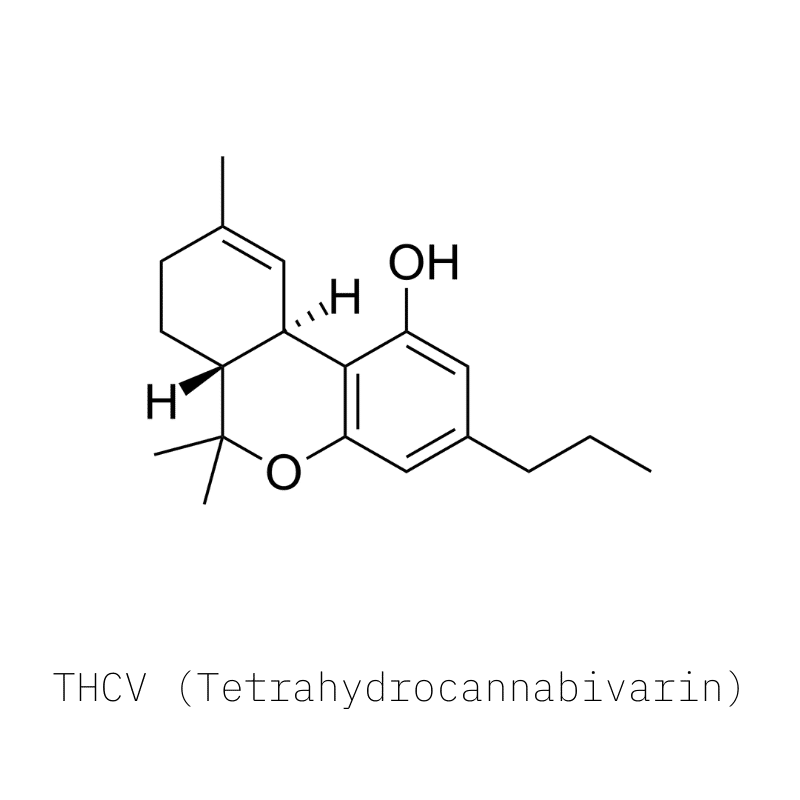
THCV has roughly 25% of the potency as delta 9 THC. Therefore, in order to get the same intensity of effects, you’ll need to take about four times the dose of THCV as you would THC. For a 10 mg dose equivalent, you’ll need about 40 mg THCV.
THCV is Less Potent But Comes With Unique Advantages Unlike Other Cannabinoids
Tetrahydrocannabivarin (THCV) is a naturally occurring cannabinoid found in cannabis plants.
It’s psychoactive and will produce intoxication in large doses, but it’s considered only 25% as potent as THC. It’s a minor cannabinoid, so levels in cannabis plants are typically under 1%, making it a more expensive option than more prevalent cannabinoids like THC or CBD.
THCV is prized by many for its mild high, and energy-boosting effects. Most users report feeling uplifted and energized, so it’s a popular choice for students, business people, and athletes.
Research on THCV is still ongoing, but early studies point to a number of benefits similar to THC. Many users take THCV to reduce pain, help them sleep, reduce inflammation, treat nausea, and control appetite.
Resources
- Abioye, A., Ayodele, O., Marinkovic, A., Patidar, R., Akinwekomi, A., & Sanyaolu, A. (2020). Δ9-Tetrahydrocannabivarin (THCV): a commentary on potential therapeutic benefit for the management of obesity and diabetes. Journal of Cannabis Research, 2(1), 1-6.
- Bolognini, D., Costa, B., Maione, S., Comelli, F., Marini, P., Di Marzo, V., … & Pertwee, R. G. (2010). The plant cannabinoid Δ9‐tetrahydrocannabivarin can decrease signs of inflammation and inflammatory pain in mice. British journal of pharmacology, 160(3), 677-687.
- Rock, E. M., Sticht, M. A., Duncan, M., Stott, C., & Parker, L. A. (2013). Evaluation of the potential of the phytocannabinoids, cannabidivarin (CBDV) and Δ9‐tetrahydrocannabivarin (THCV), to produce CB1 receptor inverse agonism symptoms of nausea in rats. British journal of pharmacology, 170(3), 671-678.
- Wargent, E. T., Zaibi, M. S., Silvestri, C., Hislop, D. C., Stocker, C. J., Stott, C. G., … & Cawthorne, M. A. (2013). The cannabinoid Δ 9-tetrahydrocannabivarin (THCV) ameliorates insulin sensitivity in two mouse models of obesity. Nutrition & diabetes, 3(5), e68-e68.


